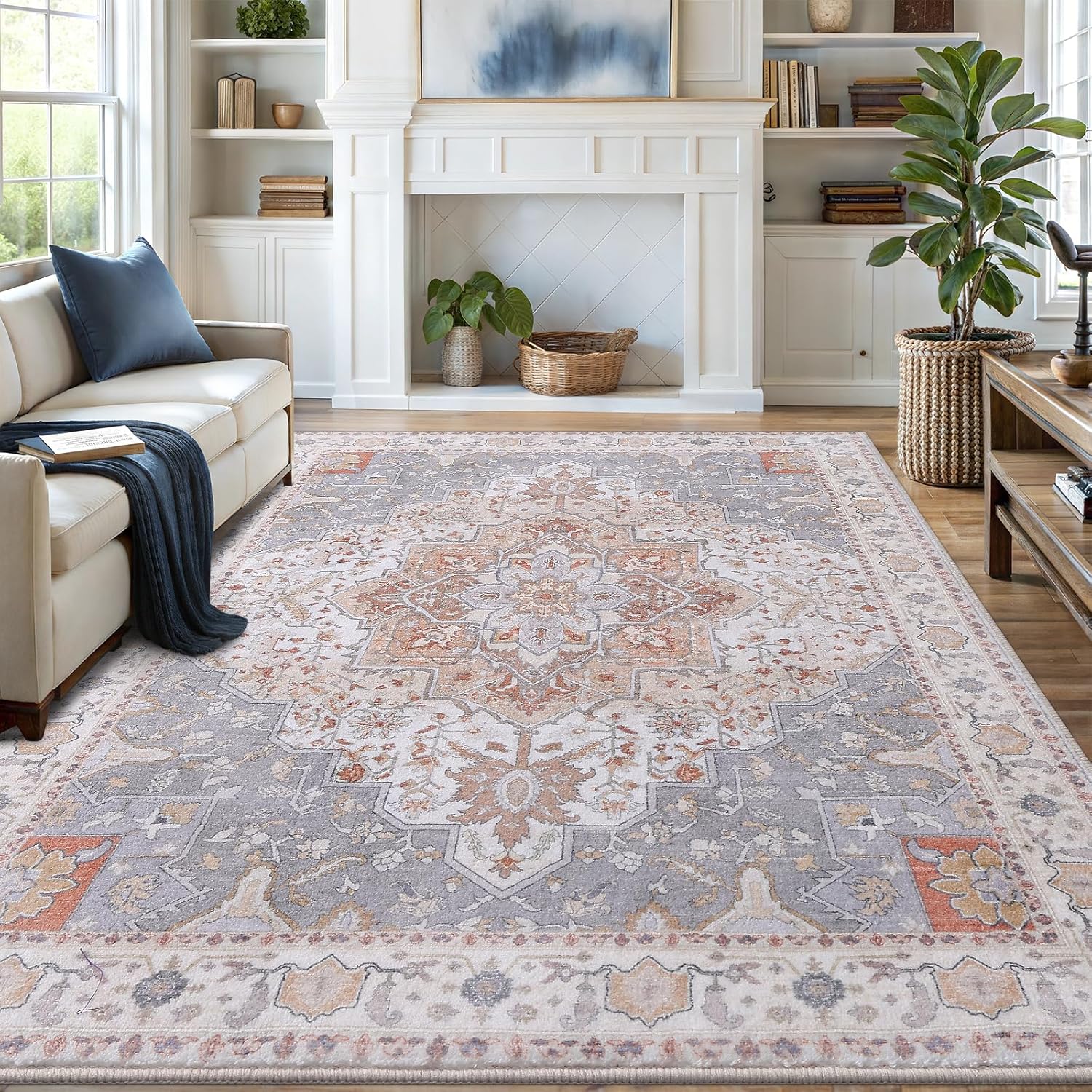Use a soft broom or vacuum, followed by a damp microfiber mop with a pH-neutral cleaner for herringbone wood floors.
Herringbone wood floors add timeless elegance to any home, but their intricate pattern requires special care. Learn professional cleaning techniques to preserve their beauty for decades.

Daily and Weekly Maintenance
Regular care prevents dirt buildup in the herringbone pattern’s grooves. Follow these steps:
Proper Dusting Techniques
- Use a microfiber dust mop with electrostatic properties
- Sweep in the direction of the wood grain
- Change mop heads frequently to avoid scratching
Vacuuming Best Practices
Choose a vacuum designed for wood floors with these features:
| Feature | Benefit |
|---|---|
| Soft bristle brush | Prevents scratches |
| Suction control | Protects floor finish |
| HEPA filter | Captures fine dust |

Deep Cleaning Methods
For periodic deep cleaning, follow these steps every 2-3 months:
Choosing the Right Cleaner
Select a pH-neutral cleaner specifically formulated for wood floors. Avoid vinegar-based solutions as they can damage the finish over time. The Bona Hardwood Floor Cleaner is a professional favorite.
Mopping Technique
- Dampen (don’t soak) a microfiber mop
- Work in small 3×3 foot sections
- Use figure-eight motions following the pattern
- Dry immediately with a clean towel
Special Considerations
Dealing with Gaps
Herringbone patterns naturally develop small gaps. Use these methods:
- For dust: Compressed air canister
- For debris: Soft-bristle toothbrush
- For stubborn dirt: Cotton swab with mineral spirits
Protecting High-Traffic Areas
Place eco-friendly mats at entryways to reduce dirt. Rotate area rugs periodically to ensure even wear.
Common Mistakes to Avoid
- Using steam mops (warping risk)
- Applying wax (creates buildup)
- Using abrasive scrubbers
- Allowing standing water
For tough stains, consult the National Wood Flooring Association guidelines before attempting removal.

